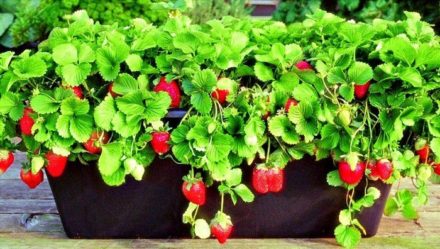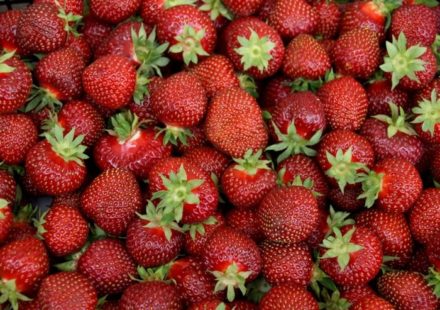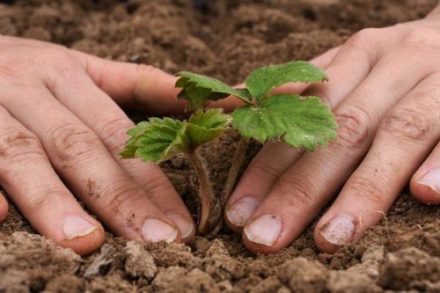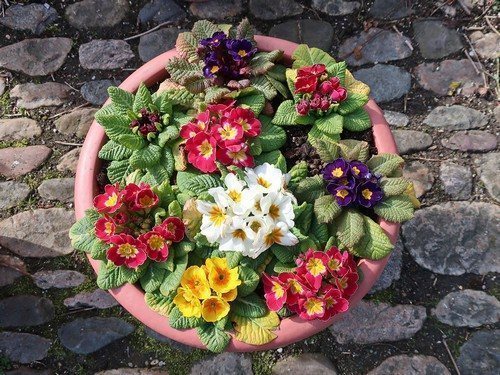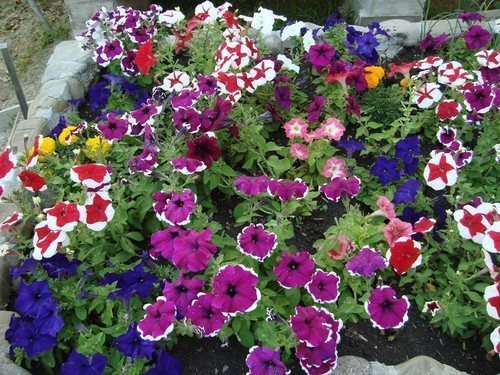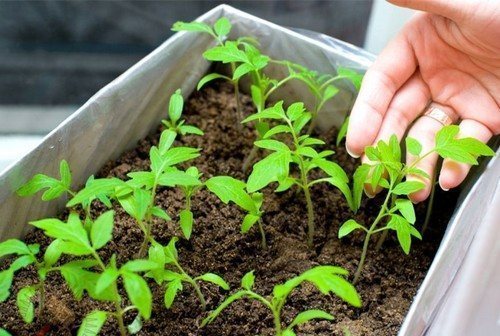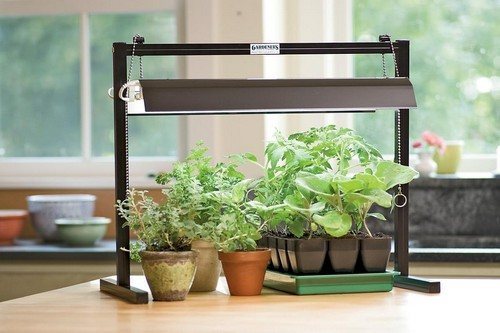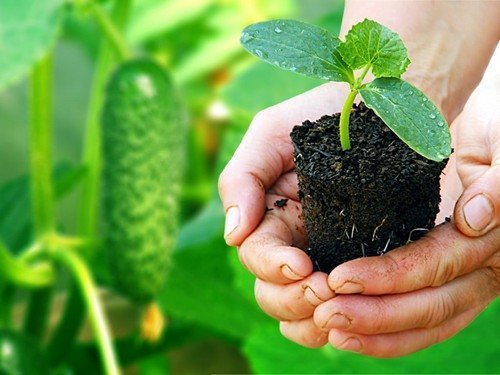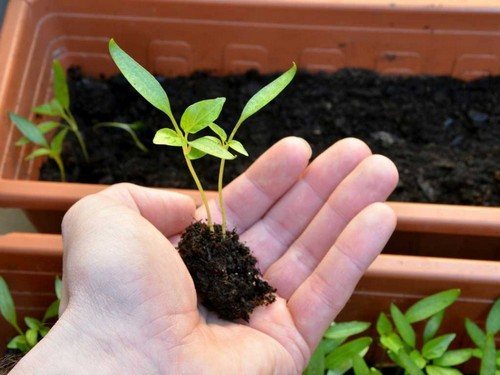Garden strawberries are one of the most capricious berries. But it will not cause much trouble and will delight you with a sweet, magnificent harvest if you plant healthy, full-fledged seedlings. Growing it indoors is subject to six main rules.
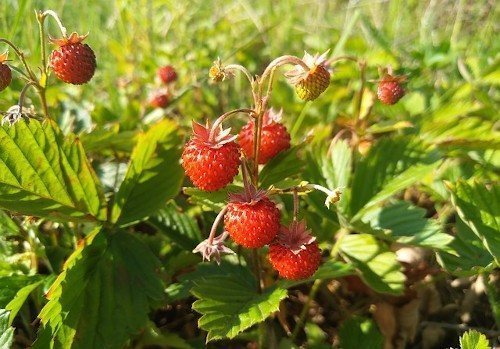
Correct determination of planting dates
To begin with, it is useful to mention the Lunar calendar. Many gardeners are guided by it in our time, but if we turn to official science, it turns out that the influence of the Moon on agriculture is magically exaggerated. That is, there are no good or bad days for working in the garden, flower garden and vegetable garden, explained by the phases of this satellite.
What you really need to focus on is the seed manufacturer's recommendations for a particular variety and the local climate. Typically, strawberries are sown for seedlings in February - March.
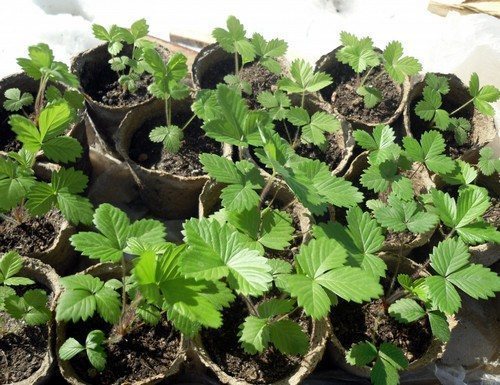
Selection and preparation of planting material
To grow strawberries from seedlings in containers, it is better to choose remontant varieties that can produce several harvests per year, including in the depths of winter. These include Ali Baba, the Yellow Miracle, and Elizabeth. And for soil, open and closed, large-fruited varieties are more suitable. Their popular representatives are Scarlet Light, Zarya, Geneva.
Strawberry seeds must be fresh - collected last season.You can also get seedlings from your own strawberries, unless they are hybrids - such varieties have an alphanumeric index F1 and do not pass on parental qualities when propagated by seeds.
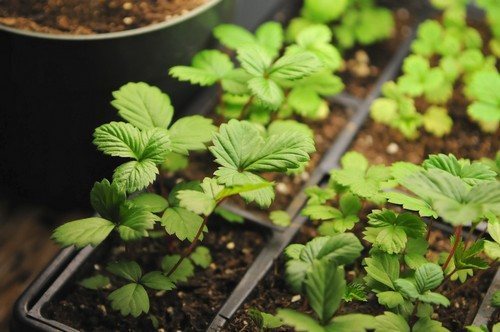
Seed treatment before sowing
Strawberries "slow-witted" - can lie in the ground for a month before sprouting. So even for purchased seeds, cold stratification is recommended, which:
- activates the viability of the plant, imitating winter and spring awakening;
- promotes the destruction of the hard shell;
- neutralizes a number of inhibitors - specific substances that protect seeds from premature germination.
And there is nothing complicated in this matter:
- seeds are scattered on a wet material - cotton pads, cotton fabric, also covered from above and put away in a bag or plastic container;
- then the seeds are put in the refrigerator (the temperature should be at +3…5°C) for 3-5 weeks, periodically removing them to moisten.
Stratification is stopped as soon as white dots are noticed on some of the seeds - they are about to hatch and it's time for them to go into the ground.
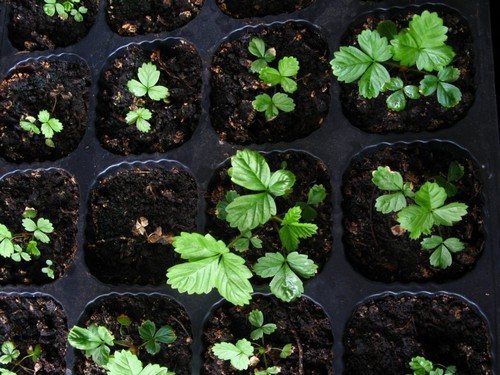
Preparing containers and soil
Unfortunately, even on the best garden plot it is impossible to recreate the conditions of wild undergrowth or meadows, where the most delicious, aromatic strawberries are found.
But you can and should be guided by the rules of agricultural technology of the crop, according to which the soil for seedlings is no less important than for adult plants. After all, it is in this young phase that strawberry bushes form immunity and a tendency to good or bad fruiting.
Strawberries love neutral and slightly acidic soils with parameters of 5.5-6.5 pH. The substrate should not be particularly nutritious, but looseness and permeability to air and water are a prerequisite, and experienced gardeners mix railings or vermiculite for this - 1 part to 3 parts of soil.
When the store does not have a soil mixture specifically for wild strawberries, you can take soil for begonias or violets. If you decide to prepare the substrate at home, it is recommended to choose one of the following options:
- 3 parts sand, 1 part each garden soil and humus;
- 7 parts of medium loamy soil, 2 parts of sawdust, and for every 10 liters of substrate 3 tablespoons of peat and wood ash.
- 3 parts non-acidic peat, 1 part each sand and vermicompost.
It doesn’t matter whether the soil is purchased or according to a folk recipe - it requires disinfection. From pathogenic microorganisms and theoretically present larvae of pests and weed seeds. There are two effective ways to do this:
- roasting for 2 hours in the oven at +40-45°C;
- steaming in a water bath for 1 hour.
The root system of strawberry seedlings develops moderately, so the containers can be anything - wooden boxes, a plastic container, even a basin. The main conditions are the height of the containers from 7 to 10 cm and the presence of drainage holes.

Subtleties of sowing and waiting for germination
Miniature seeds do not need to be buried - they just need to be scattered over the previously moistened soil surface. Maximum - you can sprinkle dry and pulverized mixture of sand and earth on top. Then you need to spray everything again with a spray bottle.
For a greenhouse effect, containers are covered with plastic film or glass. The berries take 1-2 weeks to germinate, depending on their variety, freshness, and the success of pre-treatment.
During this time, the shelter is removed daily for watering with a spray bottle and ventilation. With the emergence of seedlings, it is more advantageous to have glass above the container - it can be raised with wooden sticks by 1-2 cm for stable ventilation. When the sprouts acquire 2 leaves, the shelter is removed completely.
For the first 3 days after sowing, the containers are provided with round-the-clock light, then it is reduced to 12 hours, plus the lamps are turned on during cloudy daytime weather.
As for watering, when the sprouts appear, the spray bottle is replaced with a small watering can, but the water should not flow in a shower stream, but in a stream from a thin spout, so that it does not wet the leaves in any way.

Seedling care
Strawberries fully correspond to the glory of a “capricious” berry, if we talk about the temperature regime:
- for germination, seeds need +23…25°С;
- with the appearance of the first sprouts, to protect them from being pulled out, it is lowered to +15...16°C for 3-4 days;
- then the air should be stable at +20°C;
- within a week before planting seedlings in open ground, they are hardened at +16°C.
You can refuse hardening if the berries go to a greenhouse or glassed-in loggia. But strawberries are not picky about air humidity.
Strawberry picking is carried out when the seedlings acquire 3-4 leaves. By this time it has already become stronger and in order to prevent the roots from intertwining, it is better to prepare an individual container for each bush.The composition of the soil must be left the same.
The picking will be successful if you adhere to the following rules:
- the seedlings are watered before it - thanks to this trick, the earth sticks to the roots, protecting them from damage when digging up;
- in the planting hole, the roots are carefully straightened;
- the strawberry heart should be above the ground level after picking;
- the transplanted seedlings are watered;
- and put it in the shade for 24 hours.
At home, strawberry seedlings are fed only once - immediately after picking. The best choice is mullein. If something else is chosen, you need to take into account that the composition should contain less nitrogen, and more potassium and phosphorus.
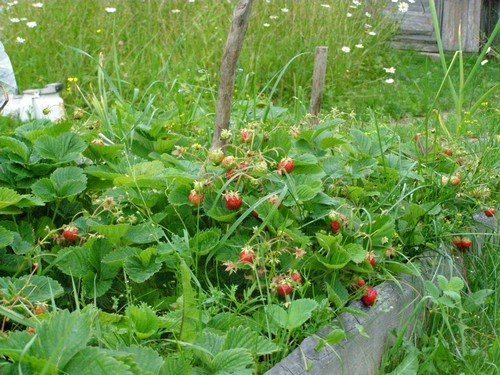
In conclusion, it is worth adding that better results can be achieved by giving preference to zoned strawberry varieties, the biology of which is best adapted to the climatic conditions of a particular area.


